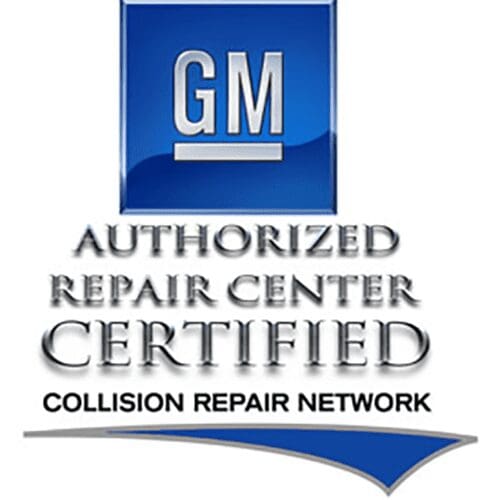The winter weather has certainly thrown us for a loop this month. With slick roads, high winds, and blizzard conditions, driving safely can prove to be a challenge. Ensuring your vehicle is winter-ready is crucial for both safety and performance. In this blog, we’ll provide a detailed guide on preventive maintenance to keep your vehicle running smoothly throughout the cold season, keeping you and your autobody safe.
- Check Your Battery
Cold temperatures can significantly reduce a battery’s efficiency. Start by checking the battery’s age and charge. If it’s more than three years old or shows signs of weakness, consider replacing it. Clean the battery terminals and ensure a secure connection.
- Inspect the Antifreeze/Coolant System
Ensure the antifreeze/coolant level is sufficient and the mixture is appropriate for winter conditions. A proper mixture prevents the coolant from freezing, protecting your engine from potential damage
Evaluate Tire Tread and Pressure
Adequate tire tread is essential for maintaining traction on icy or snowy roads. Check the tread depth and, if needed, invest in winter tires designed to provide better grip in cold conditions. Additionally, keep tires properly inflated to improve fuel efficiency and handling.
- Examine the Brakes
Have your brakes inspected by a professional to ensure they’re in top condition. Icy roads demand responsive braking systems. Address any brake issues promptly to enhance safety during winter driving.
Replace Worn Wiper Blades and Refill Washer Fluid
Visibility is crucial in winter conditions. Replace worn wiper blades and refill the washer fluid with one designed for freezing temperatures. This ensures a clear view even in snow or sleet.
- Inspect Lights and Signals
Days are shorter during winter, making proper lighting essential. Check all exterior lights, including headlights, brake lights, and turn signals. Replace any bulbs that are dim or burnt out to maximize visibility on the road.
Review the Heating System
A functioning heating system is not just about comfort—it’s also about safety. Have your heating system inspected to ensure it’s working efficiently, providing warmth during cold journeys.
Evaluate the Exhaust System
The exhaust system is prone to corrosion, especially in winter conditions where roads are often treated with salt. Check for any leaks or unusual noises. A well-maintained exhaust system is crucial for vehicle performance and environmental safety.
Inspect Belts and Hoses
Cold weather can cause belts and hoses to become brittle. Inspect them for any signs of wear, cracks, or leaks. Replace any components that show signs of deterioration to prevent potential breakdowns.
Keep Emergency Supplies Onboard
Prepare for unexpected situations by keeping an emergency kit in your vehicle. Include items like blankets, non-perishable snacks, a flashlight, and basic tools. Being prepared can make a significant difference in challenging winter conditions.
By following this comprehensive guide to preventive maintenance, you can ensure your vehicle is ready to face the challenges of winter. Regular inspections and timely repairs not only enhance safety but also contribute to the longevity of your vehicle. Stay proactive, stay safe, and enjoy worry-free winter driving.















